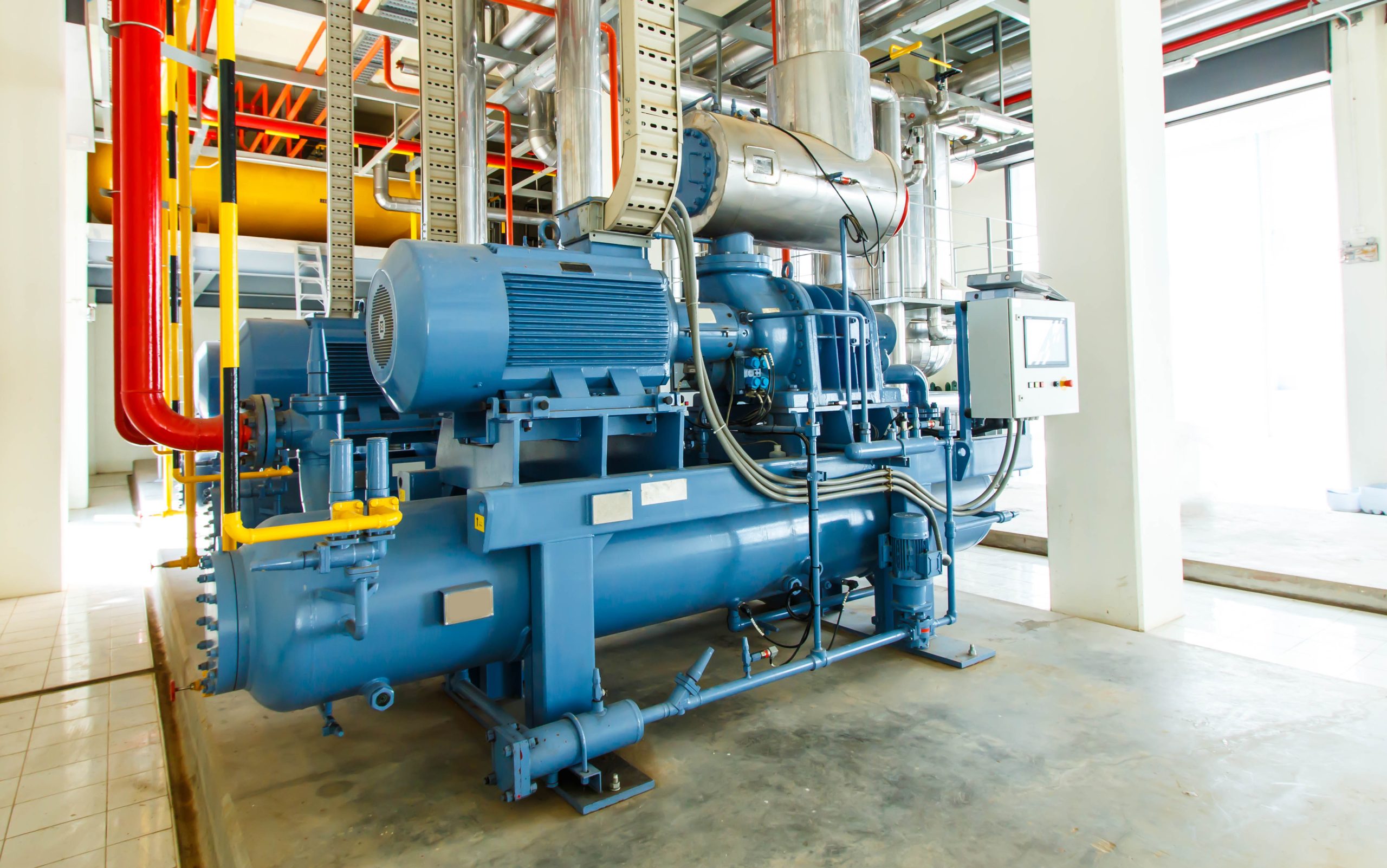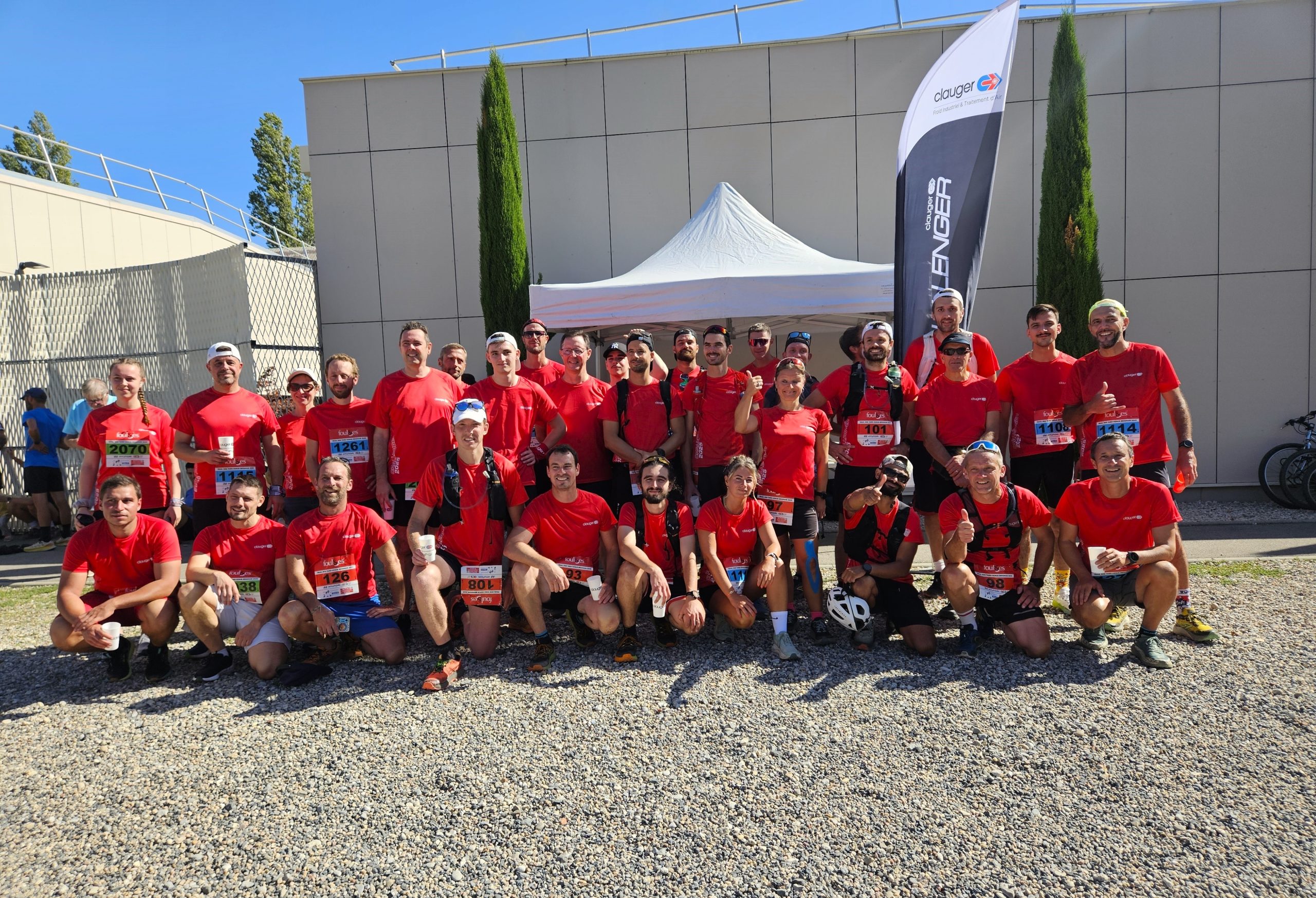The Importance of NDT
Most ammonia refrigeration systems operate under varying pressures and temperatures, making them susceptible to corrosion, erosion, cracks, and material degradation. Early detection of these conditions is essential to prevent major failures that can endanger personnel, damage facilities, or result in costly shutdowns.
Regular NDT inspections allow facilities to proactively identify and correct potential issues, supporting safe and reliable operations of ammonia refrigeration equipment.
Comparing NDT Methods: Spot UT, PAUT, and Radiography
Spot UT Thickness Testing
Spot UT involves using an ultrasonic thickness gauge to measure the material thickness at specific points. It’s a straightforward, cost-effective method ideal for routine inspections and detecting wall loss due to corrosion or erosion. When performed by qualified technicians, it provides accurate readings and helps determine when corrective action is needed.
Phased Array Ultrasonic Testing (PAUT)
PAUT employs a multi-element transducer that sends individually pulsed ultrasonic signals, allowing precise control of beam angle and focus. This enables technicians to generate real-time images of material condition and identify defects such as cracks, corrosion, and delamination. PAUT is particularly effective for complex geometries and detailed assessments.
Radiography
Radiographic testing uses X-rays or gamma rays to capture internal images of piping and vessels. This method excels at revealing volumetric flaws such as voids, inclusions, or cracks. One key benefit of radiography is that it can often be performed without removing insulation, unlike UT methods. However, it requires strict safety controls due to radiation exposure and may necessitate access to both sides of the component being tested.
What Happens After Testing?
After testing is completed, the inspection service typically provides a detailed report documenting findings and thickness readings. These results help determine the piping or vessel’s “fitness for service” based on IIAR or ASME standards.
Industry guidance recommends:
- <12.5% wall loss: Considered acceptable and within standards.
- >12.5% wall loss: Requires further evaluation and monitoring.
Ultimately, it’s the responsibility of the system owner to maintain safe operation through regular inspection and maintenance programs.
NDT and IIAR 6 Compliance
IIAR 6: Standard for Inspection, Testing, and Maintenance for Closed-Circuit Ammonia Refrigeration Systems outlines best practices for ensuring the integrity of ammonia systems. It encourages regular NDT inspections to detect flaws in piping and pressure vessels before they evolve into system-wide risks.
One particularly overlooked risk area is Corrosion Under Insulation (CUI). Common CUI warning signs include:
- Damaged or punctured insulation
- Visible ice or condensation on jacketing
- Unsealed insulation terminations, especially at control groups
- Uninsulated piping in direct contact with pipe stands
According to IIAR 6:
- Pressure Vessel inspections: See section 10.1.10
- Piping inspections: See section 11.1.1
Why NDT is Essential
Non-Destructive Testing is a critical part of any effective mechanical integrity program. Spot UT, PAUT, and radiographic testing each offer unique benefits in monitoring the health of ammonia refrigeration systems.
By following IIAR 6 guidelines and implementing a proactive inspection strategy, facilities can maintain safe and compliant operations—avoiding minor issues that could otherwise lead to major incidents.
Need Help with NDT or Compliance?
If you need assistance understanding NDT, developing an inspection schedule, or navigating IIAR standards, our experts are here to help. Reach out to Clauger to learn more about how we support safe and reliable refrigeration systems.



